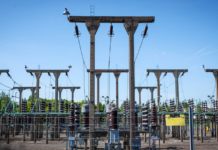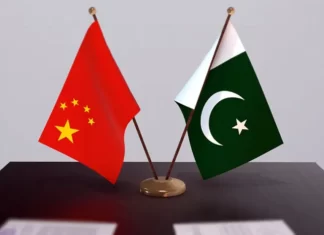Growers and agricultural experts have emphasized the importance of research and development (R&D) to address challenges facing Pakistan’s cotton sector.
They believe that R&D efforts can help improve cotton production, reduce the dependency on imports, and boost exports.
The Punjab Agriculture Department has reported progress in meeting its cotton sowing target of one million acres, expecting to reach this target within the next two to three days. However, independent sources indicate that only about 350,000 acres of early cotton sowing have been completed, raising concerns about the accuracy of the official figures.
The slow pace of sowing has been attributed to various factors, including water shortages, high input costs for seeds and fertilizers, and unpredictable weather conditions. Experts have warned that these issues could impact overall cotton yields for the season, which would affect the textile industry and the national economy.
In Sindh, cotton has been sown on approximately 600,000 acres, and the federal government has set an overall sowing target of 5 million acres nationwide, with specific targets of 3.2 million acres for Punjab, 1.6 million acres for Sindh, and 200,000 acres for Balochistan. The cotton yield target for the 2025-2026 season is set at 10.5 million bales, while the country’s textile mills require around 12 million bales annually.
Extra-long staple (ELS) cotton, which is essential for high-quality production, is in demand, with the country typically needing 1 million bales.
According to Karachi Cotton Brokers Forum Chairman Naseem Usman, the 2024-2025 season saw Punjab and Sindh sowing 3.4 million acres and 1.6 million acres, respectively. Punjab produced about 2.5 million bales, while Sindh produced 2.7 million bales.
Usman pointed to challenges such as seed quality, lack of new seed varieties, and climate change as factors hindering production in Punjab. He called for research into climate-resistant seed varieties to improve yield.
Sindh growers have raised concerns over an acute water shortage, which has further slowed down cotton sowing in the region. Agriculturalists have urged the government to focus on R&D for better seed varieties and address the water issue in Sindh to support cotton cultivation.
Additionally, there has been a campaign against Pakistan Central Cotton Committee (PCCC) Vice President Dr. Yusuf Zafar, with claims that it is being fueled by a power struggle for the leadership of the Pakistan Agricultural Research Council (PARC). Some factions are reportedly using fabricated accusations to undermine Zafar’s credibility and disrupt his leadership, which has introduced financial reforms at PCCC.
Under Zafar’s leadership, the PCCC has made significant strides, such as securing agreements for the clearance of cotton cess payments by the All Pakistan Textile Mills Association (APTMA). These measures aim to strengthen PCCC’s financial standing and support long-term stability in the cotton sector.
Despite the negative campaign against Zafar, stakeholders recognize the importance of his leadership in advancing Pakistan’s cotton sector.
The government’s cotton revival campaign has been well-received, with Punjab’s Chief Minister announcing an incentive package to support cotton sowing and production targets. Secretary Agriculture Punjab, Iftikhar Ali Sahoo, stated that over 3.5 million acres of land in the province will be cultivated with cotton this season.
























